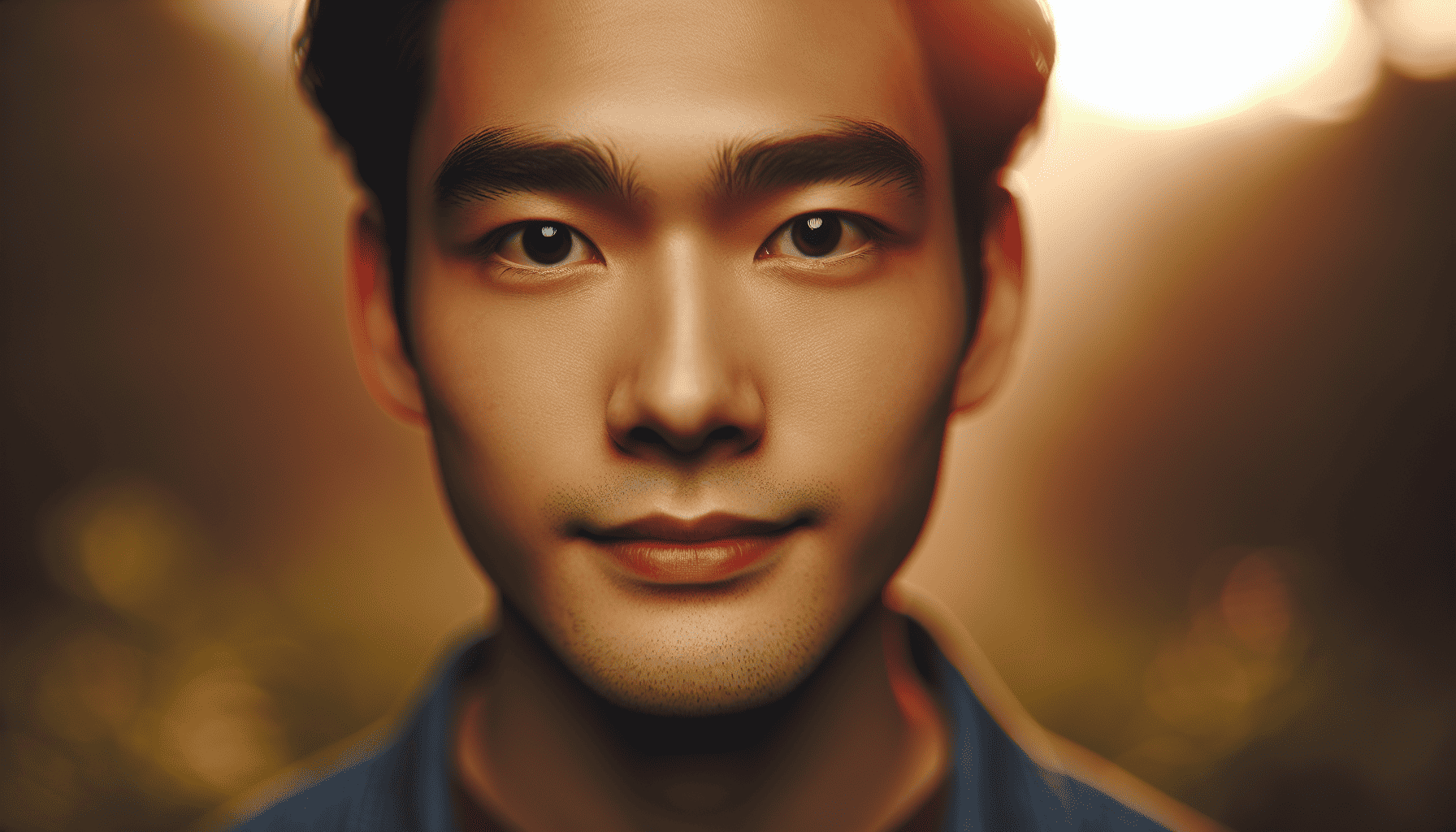Portrait photography is an art form that goes beyond simply clicking a camera. It involves capturing the very essence of a person—their character, emotion, and individuality—in a single frame. This guide explores how to achieve that by focusing on crucial aspects like lighting, composition, and the relationship between the photographer and the subject.
Understanding Your Subject
The first step in capturing compelling portraits is understanding your subject. Spend some time getting to know them, gently coaxing out their stories and emotions. What are their passions, fears, and joys? This understanding will help you capture more genuine expressions and emotions in your portraits.
The Role of Lighting
Lighting is perhaps the most critical element of portrait photography. It can dramatically alter the mood and feel of a photo. Natural light can provide a soft and flattering glow, especially during the golden hours of sunlight—early morning or late afternoon. Alternatively, studio lighting gives you more control over the intensity and direction of the light, allowing for creative setups with softboxes, reflectors, or umbrellas. Experiment with different lighting positions to see how shadows and highlights affect your subject's features.
Composition Techniques
Composition in portrait photography is all about how you frame your subject within the photograph. Classic techniques such as the rule of thirds can create balance, but don’t hesitate to break the rules for a more dynamic shot. Consider the background and how it complements or contrasts with your subject. A simple background keeps the focus on the subject, while an interesting one can add context or story.
Eye contact with the lens can create a strong connection in the portrait, but allowing a subject to look away can evoke a sense of contemplation or dreaminess. Similarly, playing with angles—shooting from above for a more vulnerable look or from below for empowerment—can add layers to the narrative of the photograph.
The Importance of Emotion
Emotion is the heartbeat of a portrait. Capturing genuine expression often involves making your subject comfortable in front of the camera. Engage them in conversation, make them laugh, or give them a scenario to react to. Sometimes the best shots come from in-between moments, candid expressions that reveal a true emotion. Patience is key; wait for the moment that reveals the authentic character of your subject.
Technical Aspects
From a technical standpoint, using a wide aperture can achieve a shallow depth of field, making your subject stand out sharply against a blurred background. This technique draws the viewer's eye directly to your subject. Ensure your camera settings are set to capture in high resolution; details often matter in portrait work.
Experimentation and Growth
Portrait photography is a journey of continuous learning. Experiment with different styles and techniques; don’t be afraid to try new things. Each subject offers a unique opportunity for growth and creativity. Attend workshops, analyze works of renowned photographers, and practice regularly. Over time, your distinct voice as a photographer will emerge.
In conclusion, capturing the essence of portrait photography lies in a delicate balance between technical proficiency and interpersonal connection. Focusing not just on the person in front of the lens, but their story and essence, transforms a photograph from a simple image into a narrative rich with life and emotion. Whether you're just starting or you're a seasoned photographer, there's always something new to discover in the world of portraiture.
